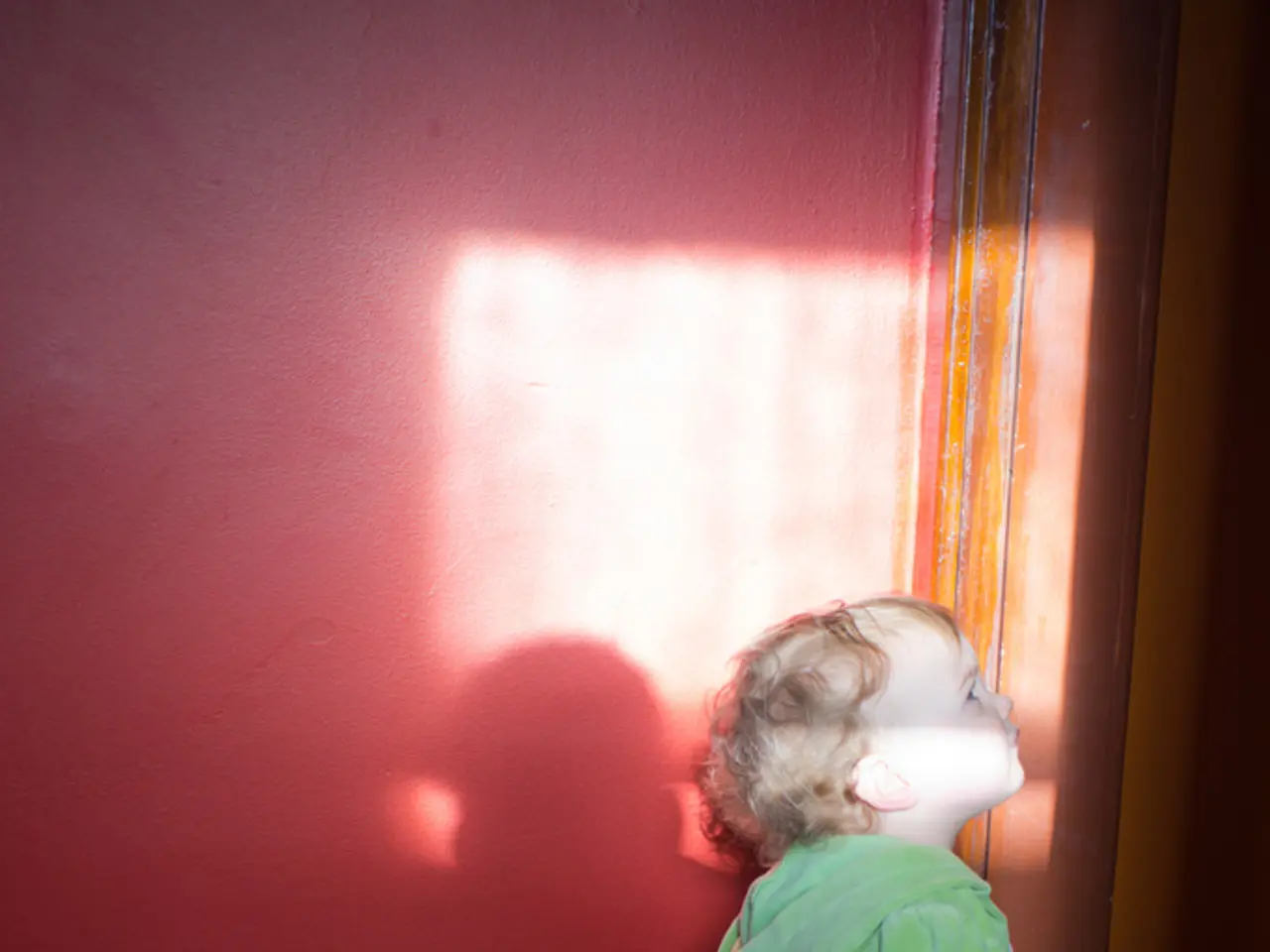Sarcoma with undifferentiated, small, round cells: Origin, indications, and additional details
Undifferentiated Small Round Cell Sarcoma (USRCS) is a rare and aggressive type of soft tissue sarcoma, typically affecting children and young adults. This cancer is characterized by small, round, primitive-appearing cancer cells under the microscope, and requires careful diagnostic testing.
Common Symptoms
USRCS can present with various symptoms, some of which may be subtle. A painless lump or swelling is a common sign, often near joints or in soft tissues like arms, legs, or abdomen. Pain or tenderness may develop as the tumor grows and presses on nerves or other tissues, while limited range of motion in the affected limb may also be observed if the lump is near a joint.
Other nonspecific symptoms like abdominal pain, fever, nausea, or unexplained weight loss can occur, particularly with embryonal forms of USRCS. If the tumor is located in the abdomen, symptoms such as constipation or early satiety may be present.
Causes
USRCS arises when immature bone or soft tissue cells undergo DNA mutations that disrupt normal cell growth and death, leading to uncontrolled proliferation of cancerous cells. The exact cause of these DNA changes remains largely unknown but may involve chromosomal instability and mutations in genes like TP53.
Stages
Specific staging for USRCS usually follows soft tissue sarcoma staging systems, which consider the size and depth of the tumor, whether it has invaded nearby tissues, and whether it has spread (metastasized) to lymph nodes or distant organs. Early stages often involve localized tumors causing lumps and mild symptoms, while later stages can include spread to lungs or other organs, making treatment harder.
Treatment Options
Treatment for USRCS typically involves a combination of surgical removal of the tumor, chemotherapy, radiation therapy, and emerging molecular-targeted therapies. Surgery is often the first line of treatment when feasible, while chemotherapy is often used due to the aggressive nature of USRCS and its risk of metastasis. Radiation therapy may be applied to shrink tumors or after surgery to reduce recurrence risk.
In advanced or metastatic sarcomas, combinations of these treatments and newer molecular-targeted therapies may be required. The specific treatment plan depends on the genetic findings, which can guide personalized treatment.
Summary
USRCS presents primarily as a painless lump that may eventually cause pain or functional limitation. It results from genetic mutations causing cells to grow uncontrollably and remain undifferentiated. Diagnosis relies on biopsy with molecular testing. Treatment involves surgery, chemotherapy, radiation, and emerging targeted therapies, especially in advanced stages.
This information is synthesized from leading cancer and sarcoma sources, including recent clinical case studies and reviews. It is important to note that USRCS is a rare form of cancer that can affect people of all ages, and certain people may have a higher risk of developing USRCS, such as white individuals compared to Black individuals. Certain genetic mutations can also increase the risk of developing USRCS. It is always recommended to consult a healthcare professional for accurate and personalized information.
- Science and health-and-wellness experts have identified bone cancer, specifically Undifferentiated Small Round Cell Sarcoma (USRCS), as a rare and aggressive medical condition that primarily affects children and young adults.
- In the realm of therapies and treatments, USRCS is typically managed through a combination of surgical procedures, chemotherapy, radiation therapy, and the innovative molecular-targeted therapies.
- The cause of USRCS is primarily rooted in DNA mutations within immature bone or soft tissue cells, leading to cancerous growths, as explained by the learnings from various cancer and sarcoma studies.




